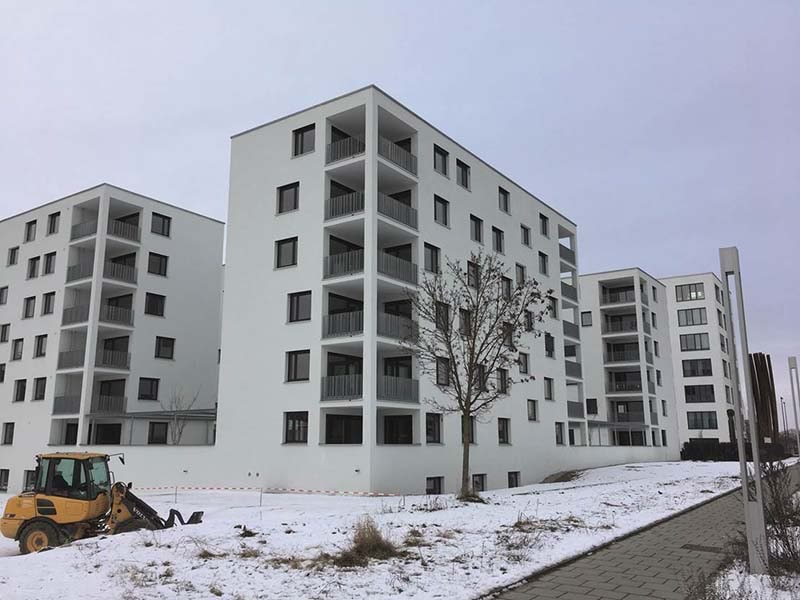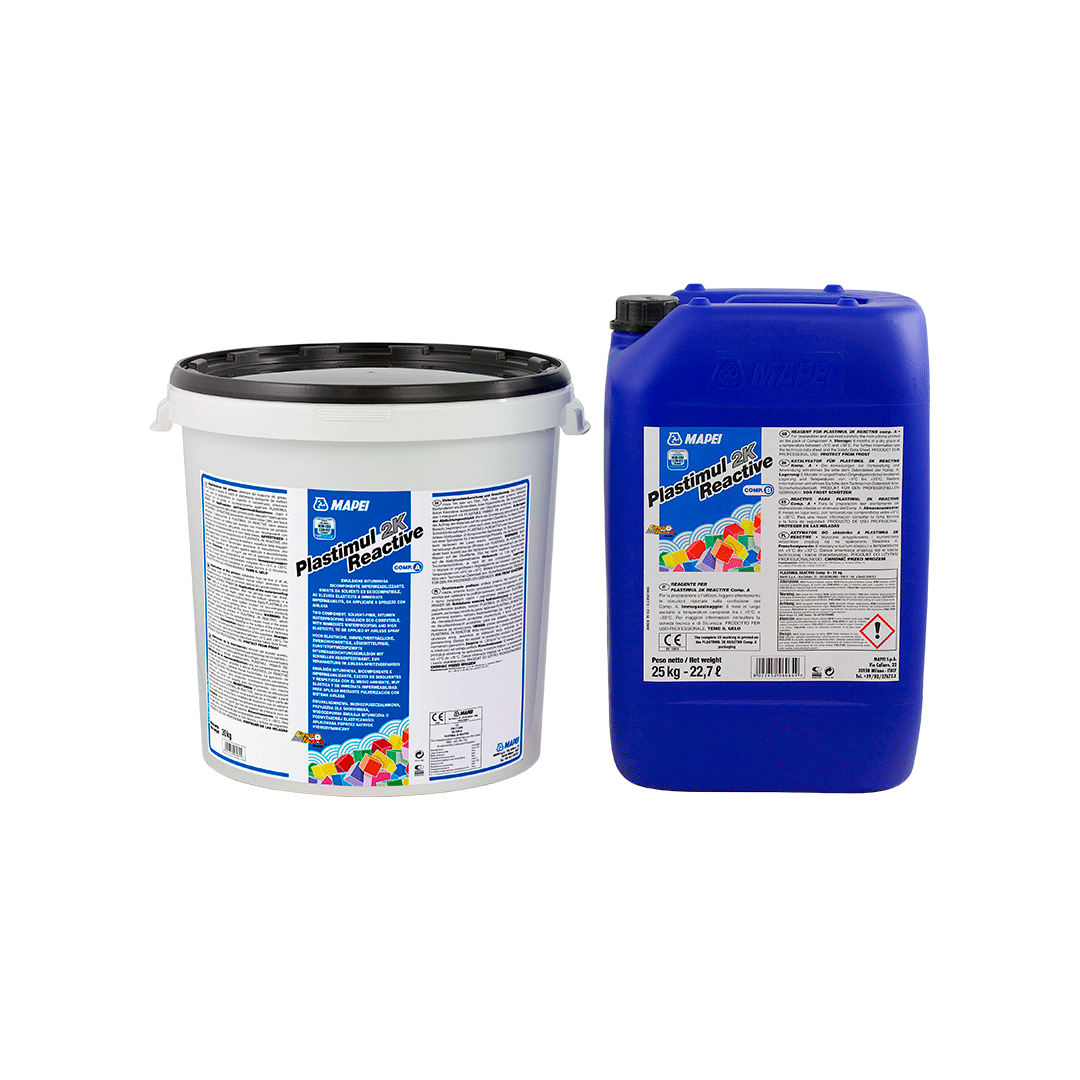Radon - Prevention and protection
How to protect a building from this gas that occurs naturally in the ground.
Not very well known but always present. We are talking about radon, a naturally-occurring, colourless, odourless radioactive gas generated by the decay of radium, that is, by means of a process by which a radioactive substance is transformed spontaneously into a different substance, giving off radiation. Radium itself is produced by the transformation of uranium found in rocks, the ground and in water.
Not very well known but always present. We are talking about radon, a naturally-occurring, colourless, odourless radioactive gas generated by the decay of radium, that is, by means of a process by which a radioactive substance is transformed spontaneously into a different substance, giving off radiation. Radium itself is produced by the transformation of uranium found in rocks, the ground and in water.
According to the WHO, the World Health Organisation, radon causes more than 3,000 deaths from pulmonary diseases every year. The problem was internationally acknowledged a number of years ago and, for the last two years, Europe has held a European Radon Day to heighten European countries’ awareness of the dangers of radon. During the second edition, held last November, all the professional bodies and associations interested in this problem were invited to carry out activities and actions to sensitise public opinion through press releases, campaigns, training courses and information aimed at encouraging European citizens to take appropriate measures to reduce the risk to their health caused by the diffusion of radon.
Generated continuously by the earth’s crust, particularly by volcanic rocks, tuff, Pozzolan and certain types of granite, radium can be found everywhere in various concentrations and the ground is the main source, from which radon gas propagates into our homes.
THE INTERNATIONAL SITUATION
The unit of measure for radon radioactivity is the Becquerel (Bq) where one Becquerel corresponds to the transformation of one atomic nucleus per second. In Europe the average level is around 59 Bq/m3, while on a global level it is estimated to be an average of around 40 Bq/m3. There are also certain indication values available, even though they are not unequivocal at an international level, with certain countries declaring recommended levels. In most cases, however, they are not obligatory, apart from Sweden, Denmark and Switzerland, and when these levels are reached it is recommended to take remedial measures to reduce the concentration of radon indoors. A document published by the WHO in 2009, “WHO Handbook on Indoor Radon - a public health perspective”, advised countries to set a limit in homes of 100 Bq/m3, and that it should never higher than 300 Bq/m3, and also recommended implementing effective policies to incentivise private homes to measure the level of radon and to adopt measures, where required, to reduce its concentration.
EUROPEAN NORMS
In recent years, both individual states and the EU and WHO have issued norms and recommendations to reduce the level of concentration of radon gas to below certain reference values and have given specific indications for homes and places of work.
In 1990 the European Commission published Recommendation CEC 90/143, in which a reference limit value of 400 Bq/m3 was recommended for homes. In 2009, following the results of numerous epidemiological studies that singled out the higher risk of contracting lung tumours following exposure to radon gas indoors, and the publication of the report “WHO Handbook on Indoor Radon: A Public Health Perspective”, the EU acknowledged the indications in the European Directive regarding protection against radiation and introduced a reference level of a maximum of 300 Bq/m3. The previous level of 400 Bq/m3 was abolished and, in the absence of national norms, it could no longer be taken as a reference level. On the 17th of January 2014 the Official European Gazette published Directive 2013/59/Euratom which revolutionised the field of ionised radiation, particularly for radon. The new European Directive established the new official limits for radon gas concentrations (a maximum of 300 Bq/m3) and for radiation given off by building materials. And so, following its publication in 2014, it became obligatory for all Member States of the EU to draw up a national radon plan.
THE SITUATION IN OTHER COUNTRIES
United States. Radon may be found at various levels of concentration in the United States. The EPA (United States Environmental Protection Agency) calculated that 21,000 people die every year in the United States from tumours provoked by radon. According to the EPA an indoor concentration level of radon higher than 4.0 pCi/L (148 Bq/ m3) is considered to be particularly high and needs to be reduced. In the United States the concentration of radon is measured in picocuries per litre of air (pCi/L), which corresponds to 37 Bq/m3.
Canada. Adopted in 2008, the guidelines issued by the Canadian government set the indoor radon concentration limit at 200 Bq/m3 and corrective measures must be implemented every time the average annual radon level exceeds 200 Bq/m3 "in normally occupied areas". These areas are defined as any part of a building with radon in which people spend at least 4 hours every day, whether it is a home or a work environment.
Australia. The results of a national study on the concentration of radon in buildings carried out by ARPANSA, the Australian Radiation Protection and Nuclear Safety Agency, demonstrated that the average indoor concentration of this gas is around 11 Bq/m3, a very low level and only slightly higher than the level of radon in the air. The study, however, also revealed that in certain areas the levels are higher than 400 Bq/m3and, in such cases, measures should be taken to reduce the risk of pulmonary tumours to occupants and the NHMRC (National Health and Medicine Research Council) recommends carrying out cleaning up operations if the average annual concentration level of radon in homes exceeds 200 Bq/m3.
INTERVENTION – THE ONLY REMEDY
The reduction techniques currently adopted work according to certain principles using passive systems, that is not mechanised, or active systems, or ones that consume energy. If radon is coming largely from the ground, the main aim of the reduction techniques adopted must be to impede or limit ingress of gas from the ground. To achieve this various techniques may be used, such as ventilating crawl spaces under the building, sealing all the openings in walls and floors in contact with the ground, pressurising the building or drawing off the gas from the ground under the building.
Sealing any cracks or fractures along the contact surfaces between the ground, walls and floor sitting on the ground is also a useful technique. The entire surface of the building may also be sealed by using a special membrane resistant to the passage of radon.
To prevent the presence of radon during the construction of a building, apart from ventilating the crawl spaces and constructing underground wells with ventilation channels around the building, a strong gas barrier may be inserted.















